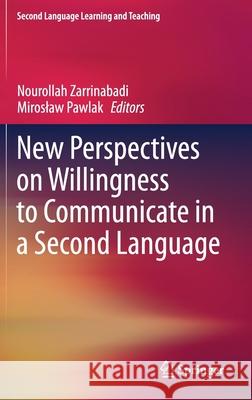New Perspectives on Willingness to Communicate in a Second Language » książka
topmenu
New Perspectives on Willingness to Communicate in a Second Language
ISBN-13: 9783030676339 / Angielski / Twarda / 2021 / 264 str.
New Perspectives on Willingness to Communicate in a Second Language
ISBN-13: 9783030676339 / Angielski / Twarda / 2021 / 264 str.
cena 563,56
(netto: 536,72 VAT: 5%)
Najniższa cena z 30 dni: 539,74
(netto: 536,72 VAT: 5%)
Najniższa cena z 30 dni: 539,74
Termin realizacji zamówienia:
ok. 22 dni roboczych.
ok. 22 dni roboczych.
Darmowa dostawa!
Kategorie:
Kategorie BISAC:
Wydawca:
Springer
Seria wydawnicza:
Język:
Angielski
ISBN-13:
9783030676339
Rok wydania:
2021
Wydanie:
2021
Numer serii:
000429811
Ilość stron:
264
Waga:
0.56 kg
Wymiary:
23.39 x 15.6 x 1.75
Oprawa:
Twarda
Wolumenów:
01
Dodatkowe informacje:
Wydanie ilustrowane











